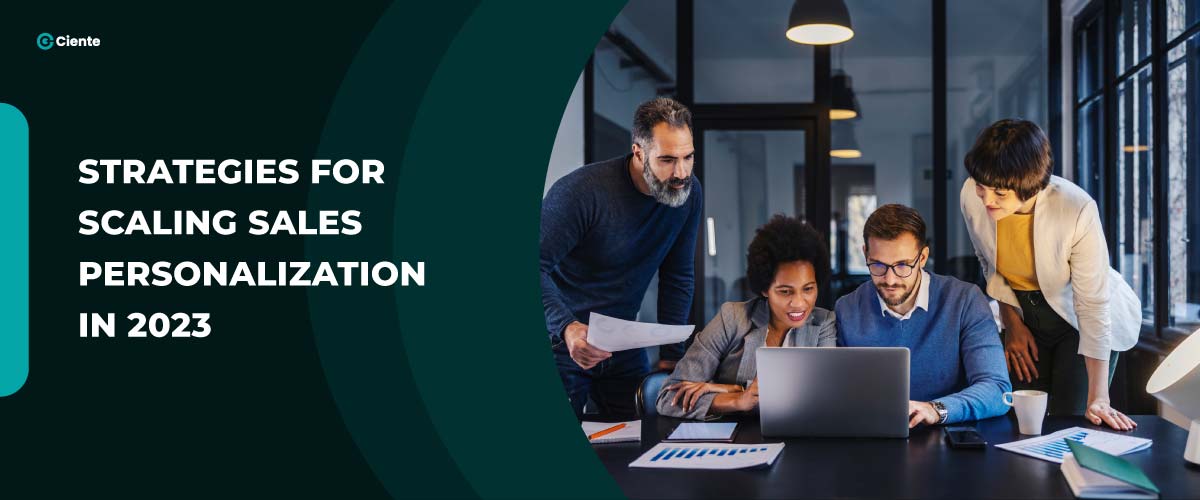
Strategies for Scaling Sales Personalization in 2023
As companies rush to scale sales personalization, they must understand

As companies rush to scale sales personalization, they must understand

The metrics you select to measure can make a significant

Don’t let your reps fall behind. Spark your Digital Sales

The future of B2B sales is hybrid. Since B2B buyers